Marriage trends in the United States vary widely from state to state, revealing intriguing social and cultural patterns. Some states boast high marriage rates due to cultural and religious influences, while others see fewer because of economic and lifestyle factors.
Understanding where Americans are most and least likely to get married provides insight into regional differences and societal shifts.
Let’s explore the states with the highest and lowest marriage rates, highlighting the various factors at play.
Utah

Utah has one of the highest marriage rates in the United States. This trend is influenced by the state’s large Mormon population, which traditionally emphasizes early and frequent marriage. In 2019, Utah saw about 8.4 marriages per 1,000 people, significantly higher than the national average.
Nevada

Nevada is famously known for its quick and easy marriage laws, particularly in Las Vegas. This convenience results in a high marriage rate, with many couples flocking to the state for spontaneous weddings. In 2019, Nevada recorded approximately 26.7 marriages per 1,000 people, the highest in the nation.
Idaho

Idaho also ranks high for marriage rates, with its strong family-oriented culture. The state’s scenic beauty, including popular destinations like Sun Valley and Coeur d’Alene, makes it a favorite for weddings. Idaho had around 7.6 marriages per 1,000 people in 2019.
Wyoming
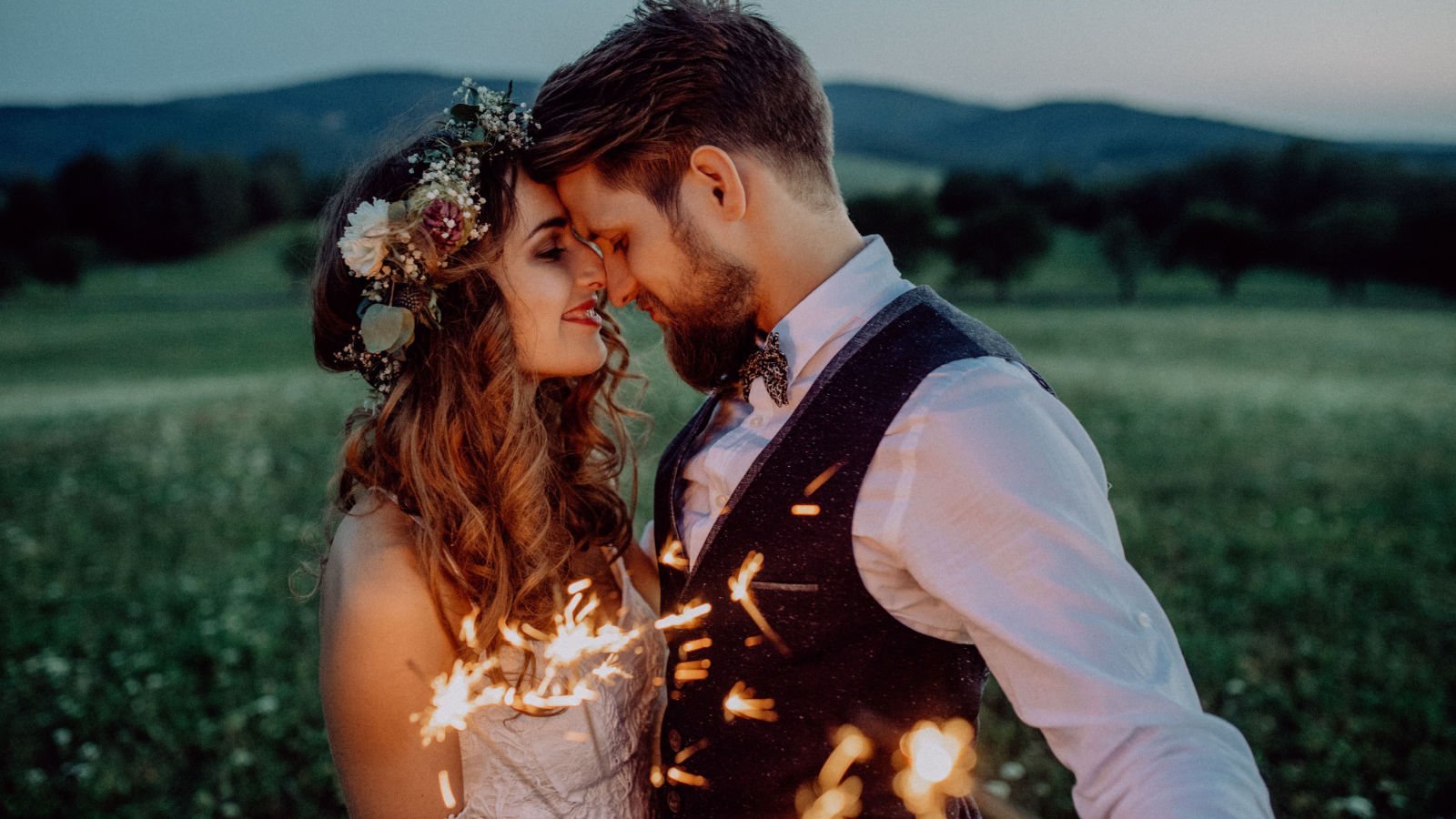
Wyoming’s wide-open spaces and picturesque landscapes provide an ideal setting for weddings. The state’s marriage rate is above the national average, reflecting its cultural emphasis on family and community. In 2019, Wyoming had about 7.3 marriages per 1,000 people.
Arkansas

Arkansas sees a relatively high number of marriages, with many couples choosing to wed young. The state’s strong cultural and religious values support early marriage. In 2019, Arkansas reported approximately 7.5 marriages per 1,000 residents.
Oklahoma

Oklahoma’s marriage rate is influenced by its conservative values and emphasis on traditional family structures. Many residents marry young, contributing to a higher-than-average marriage rate. In 2019, Oklahoma had around 7.2 marriages per 1,000 people.
West Virginia
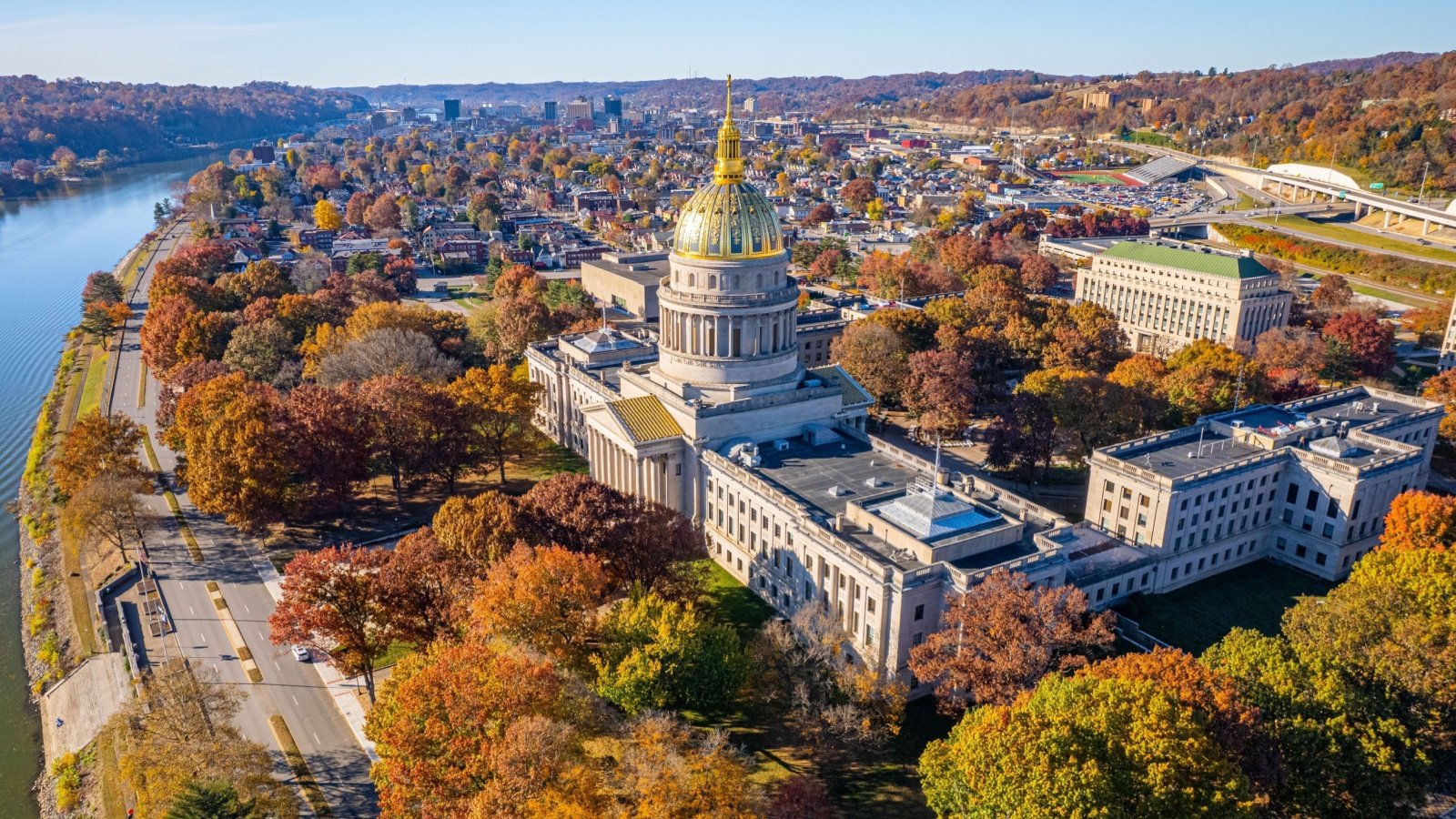
West Virginia has a notable marriage rate, supported by its community-centric lifestyle. The state’s scenic Appalachian backdrop also attracts many couples for weddings. In 2019, West Virginia saw about 7.1 marriages per 1,000 residents.
Tennessee

Tennessee’s vibrant culture and picturesque landscapes make it a popular choice for weddings. The state has a higher marriage rate, influenced by its family-friendly environment and traditions. In 2019, Tennessee had approximately 7.4 marriages per 1,000 people.
Hawaii

Hawaii’s idyllic settings and destination wedding appeal boost its marriage rates significantly. Couples from all over the world choose Hawaii for its beautiful beaches and romantic atmosphere. In 2019, Hawaii had about 10.6 marriages per 1,000 people.
Montana

Montana’s natural beauty and outdoor lifestyle make it a favored location for weddings. The state has a higher marriage rate, reflecting its close-knit communities and traditional values. In 2019, Montana reported around 7.0 marriages per 1,000 residents.
Massachusetts
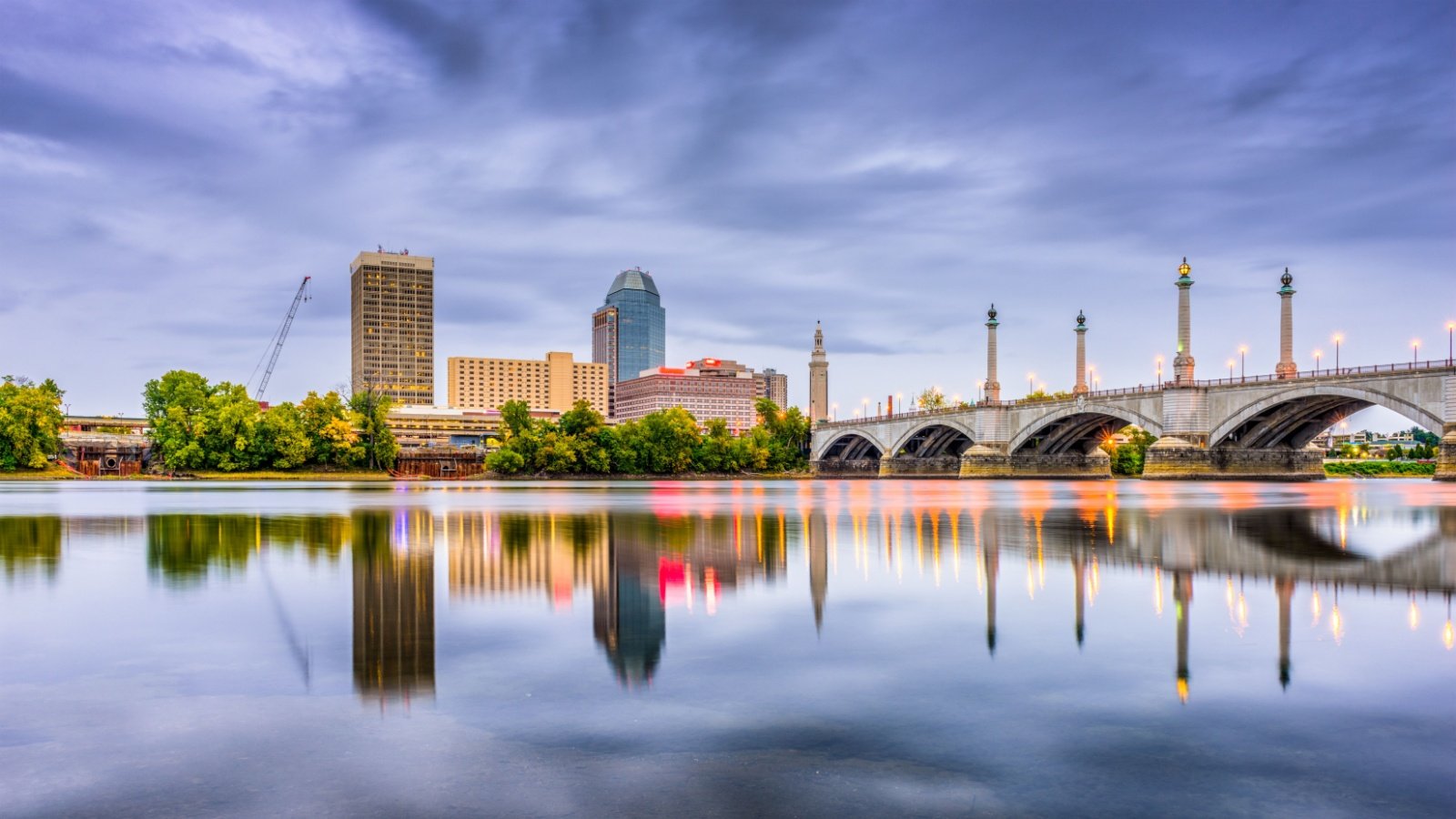
Massachusetts has one of the lowest marriage rates in the country. The state’s higher median age for first marriages contributes to fewer overall marriages. In 2019, Massachusetts recorded about 4.5 marriages per 1,000 people.
New York

New York, despite its large population, has a lower marriage rate. The high cost of living and career-focused lifestyle in cities like New York City may delay marriage. In 2019, the state saw approximately 5.5 marriages per 1,000 people.
Rhode Island
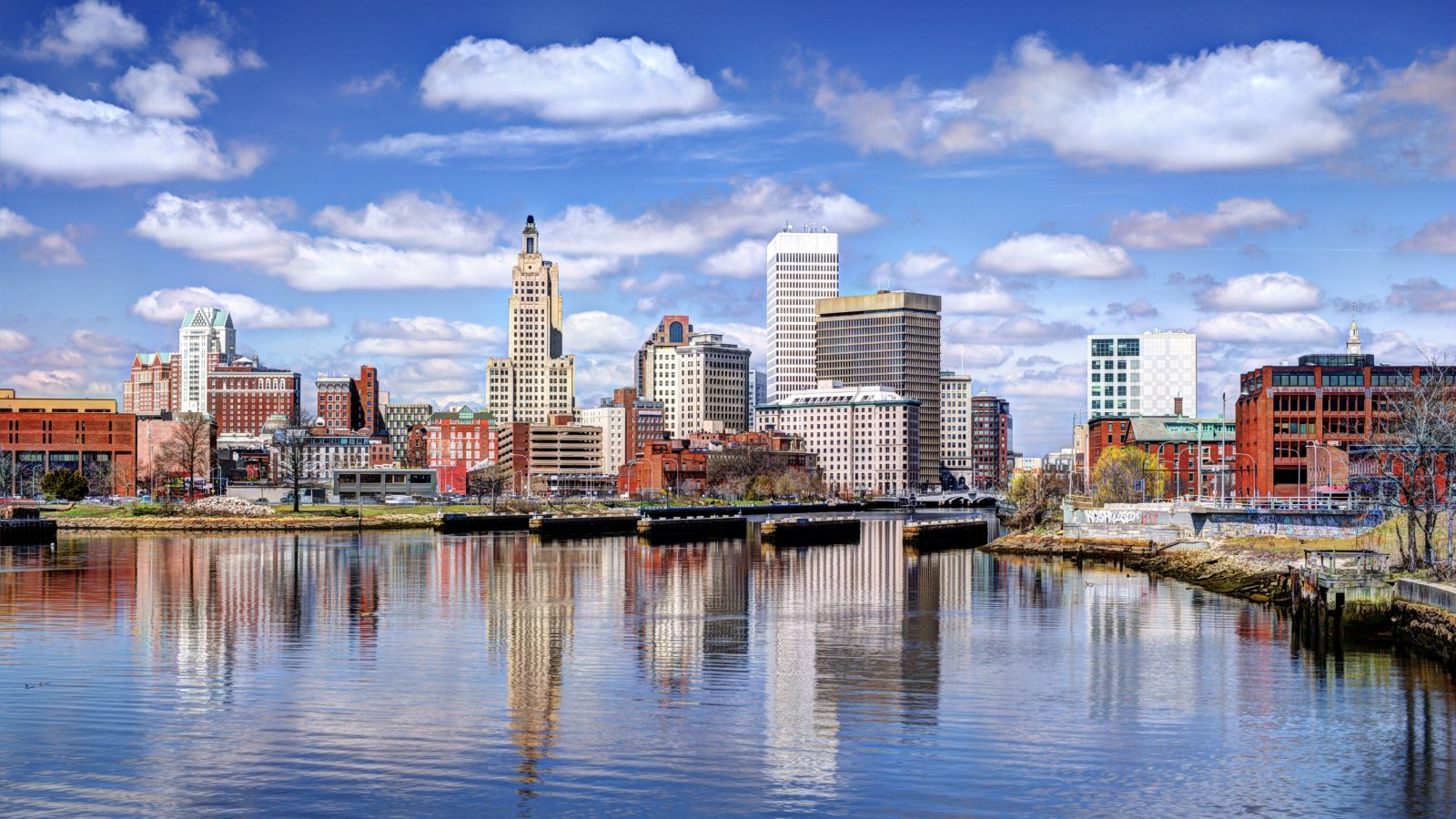
Rhode Island’s marriage rate is among the lowest in the nation. Factors include a high median age for marriage and a focus on career and education. In 2019, Rhode Island had about 4.2 marriages per 1,000 residents.
New Jersey
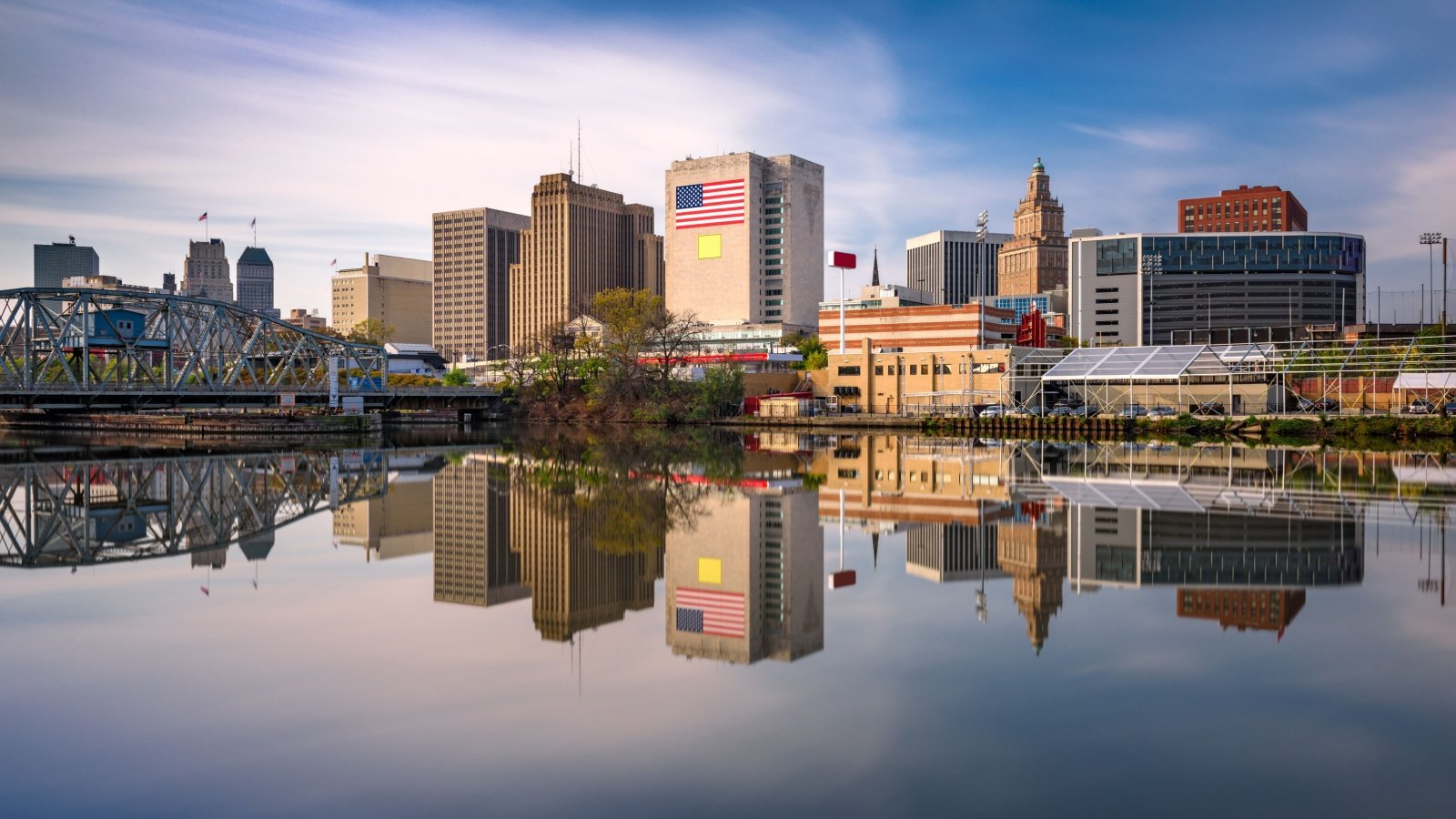
New Jersey also has a lower marriage rate, influenced by the high cost of living and career priorities. Residents often marry later in life, reducing the overall rate. In 2019, New Jersey recorded approximately 5.2 marriages per 1,000 people.
Connecticut
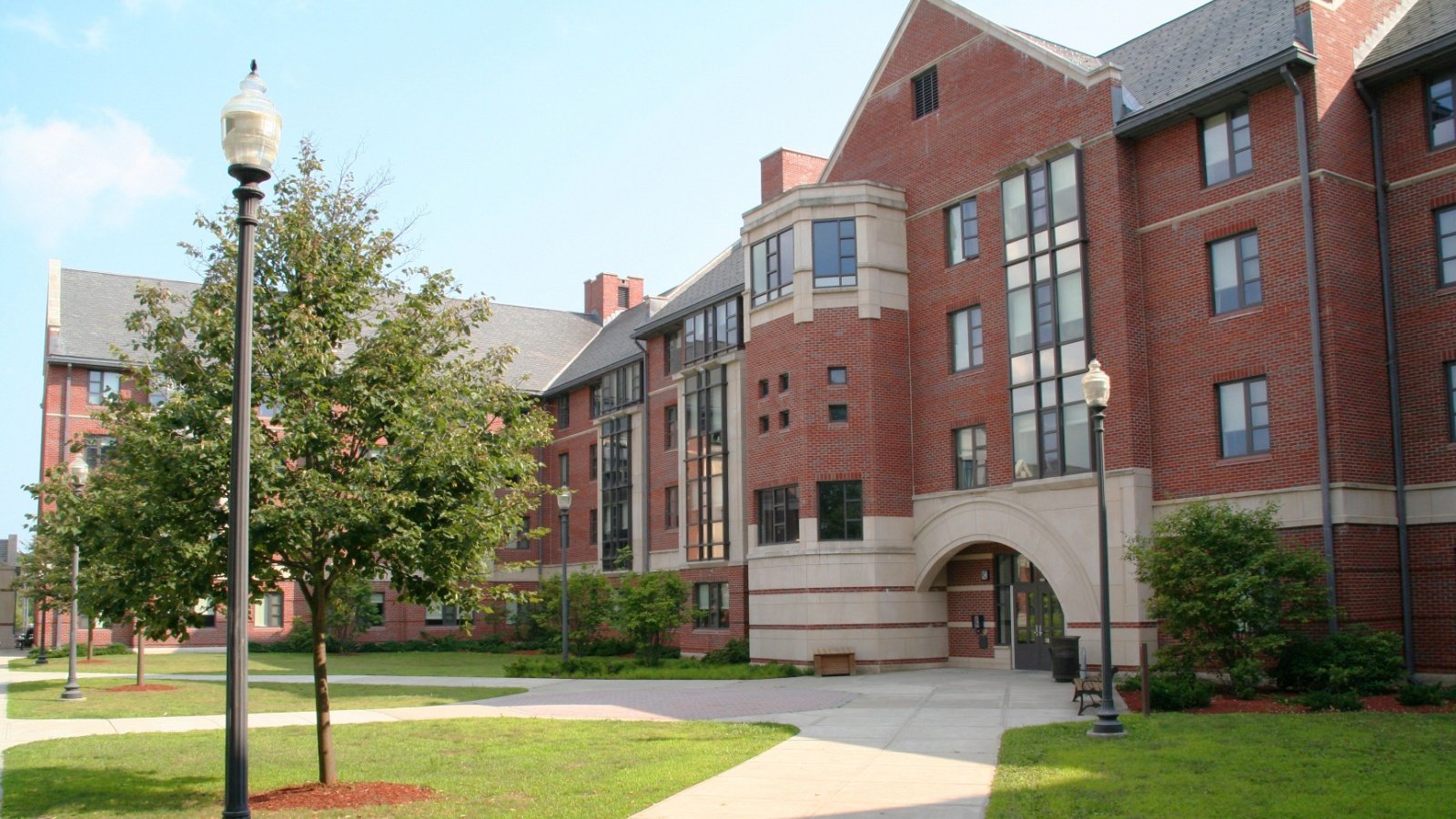
Connecticut’s marriage rate is relatively low, with many residents delaying marriage for education and career advancement. The state’s high median age for first marriages contributes to this trend. In 2019, Connecticut had about 4.4 marriages per 1,000 people.
Pennsylvania

Pennsylvania has a lower marriage rate, partly due to its aging population and economic factors. Residents often prioritize stability before marriage, resulting in fewer weddings. In 2019, Pennsylvania saw about 5.4 marriages per 1,000 residents.
Illinois
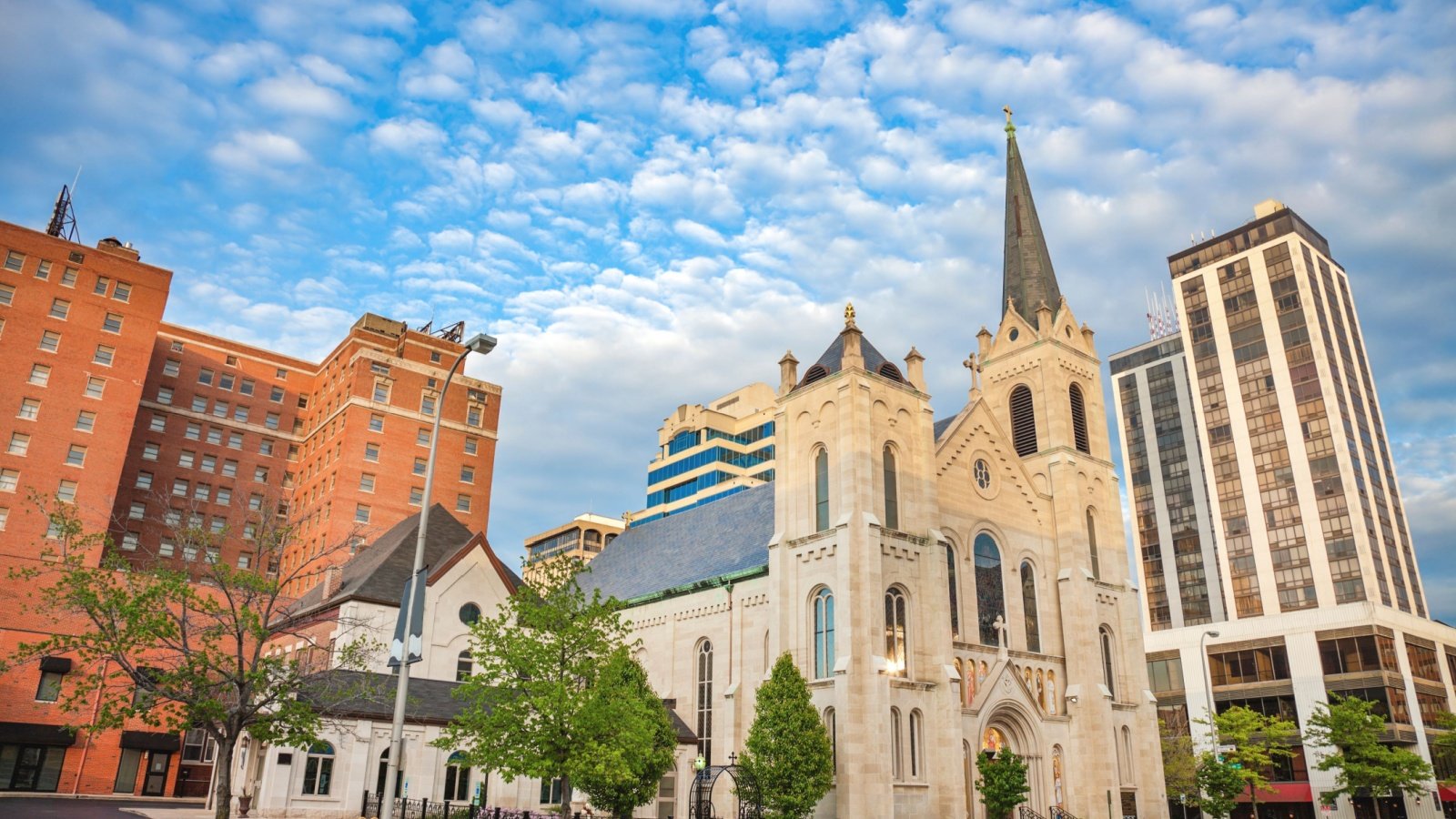
Illinois also ranks low in marriage rates, with many residents delaying marriage for career and personal growth. The diverse and urban population often marries later. In 2019, Illinois reported approximately 5.3 marriages per 1,000 people.
Delaware
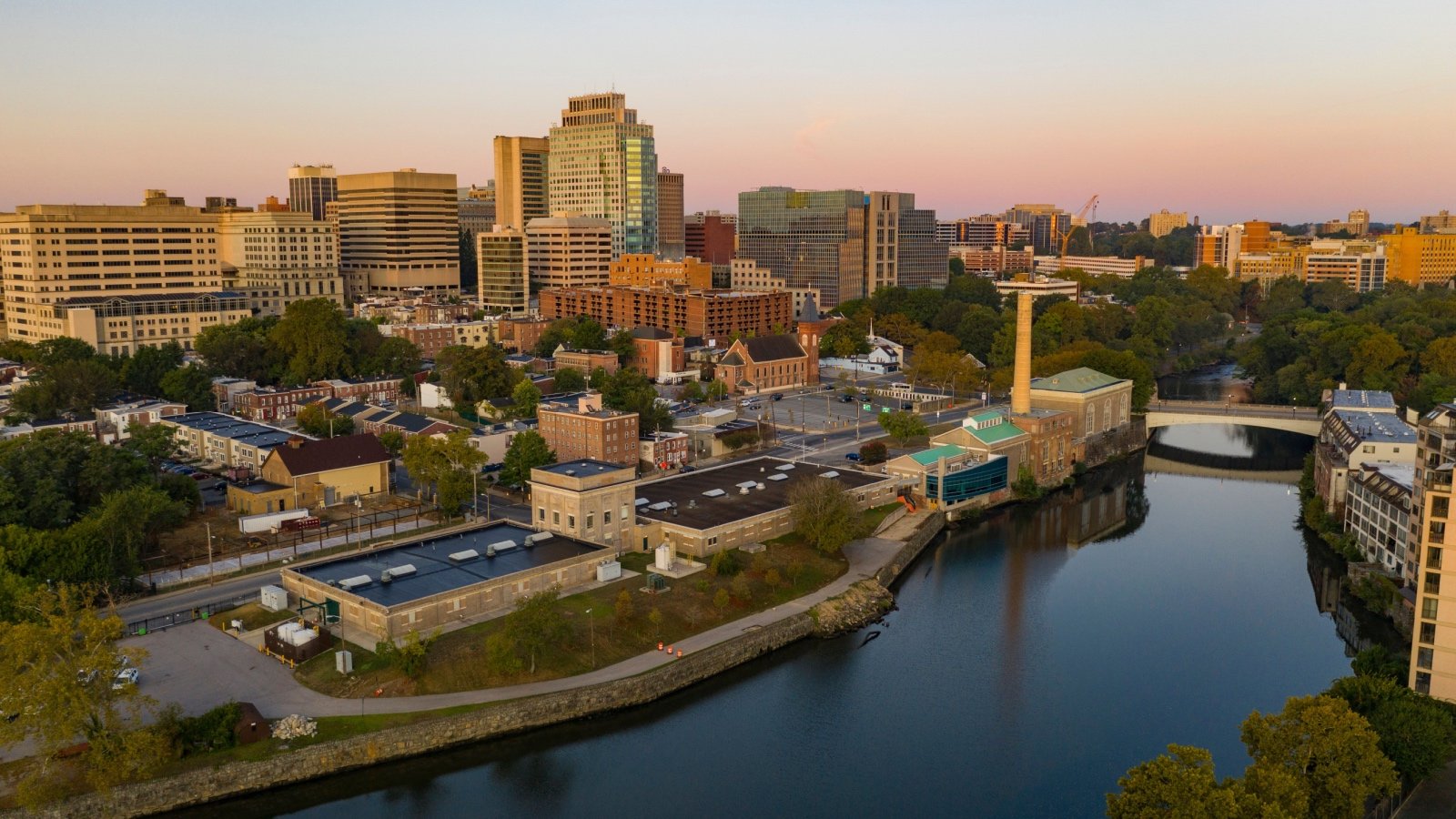
Delaware’s marriage rate is among the lowest in the U.S., influenced by a high median age for first marriages. Many residents focus on education and careers before settling down. In 2019, Delaware had about 4.1 marriages per 1,000 residents.
Ohio
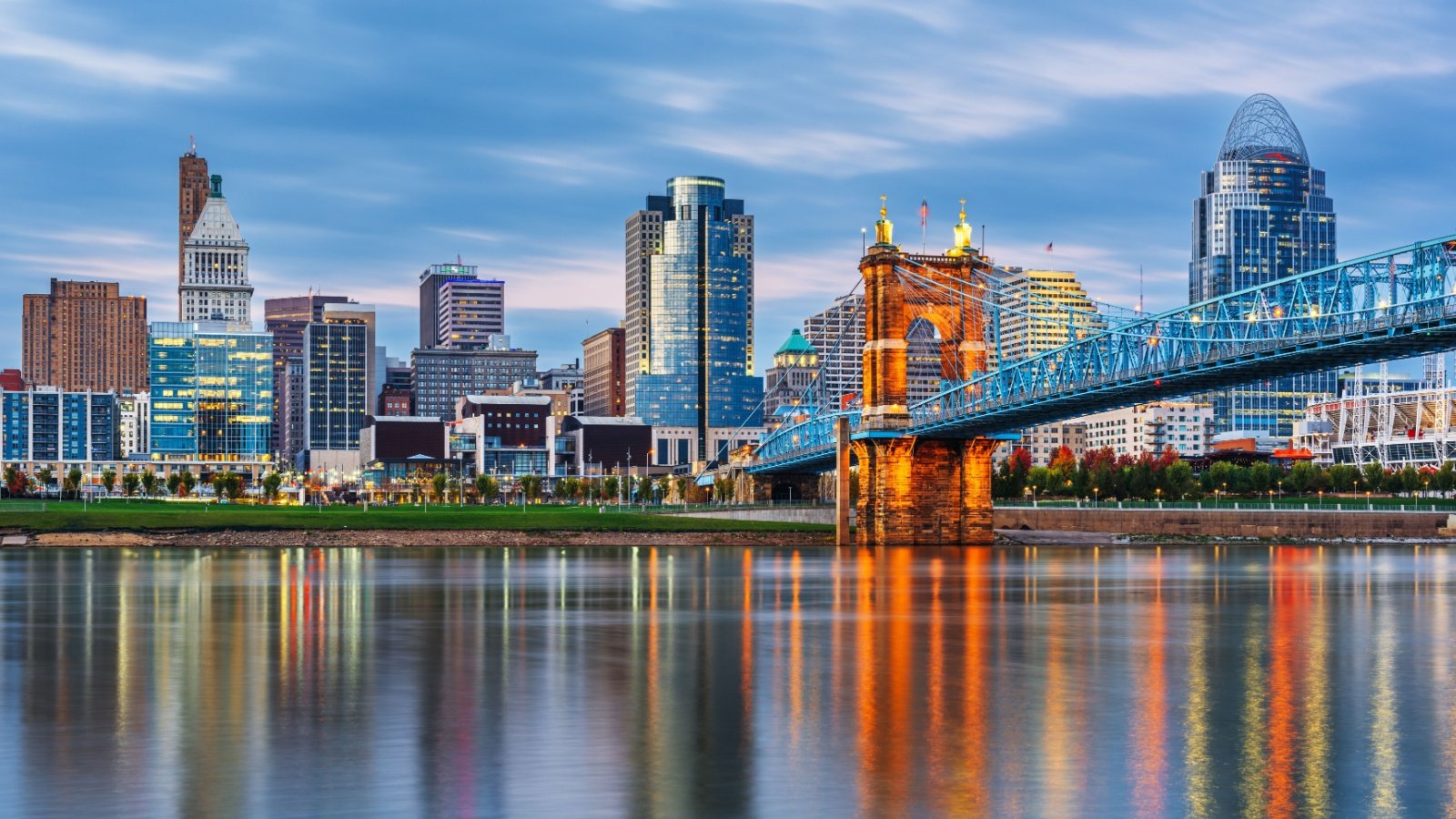
Ohio has a lower marriage rate, with economic factors and career priorities playing significant roles. Residents often delay marriage until they achieve financial stability. In 2019, Ohio recorded approximately 5.1 marriages per 1,000 people.
Michigan

Michigan’s marriage rate is relatively low, influenced by economic challenges and a focus on career advancement. Many residents marry later in life, contributing to the lower rate. In 2019, Michigan saw about 5.0 marriages per 1,000 residents.
Maine
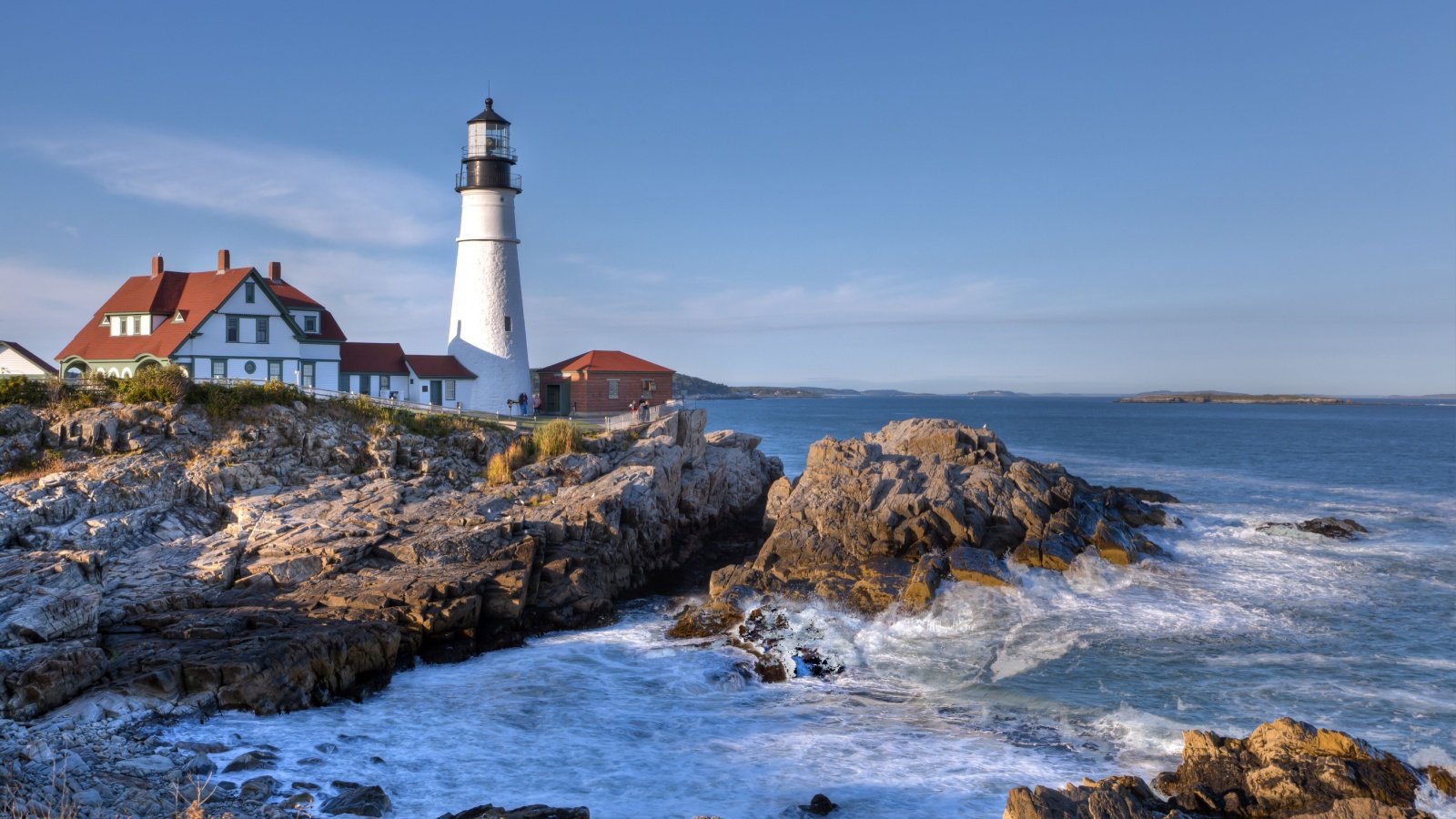
Maine has one of the lowest marriage rates, reflecting its aging population and rural lifestyle. Residents often delay marriage, focusing on personal growth and career. In 2019, Maine reported approximately 4.0 marriages per 1,000 people.









Finding the right dating platform can make all the difference. When I started exploring online dating, I realized that choosing a site with active local users improved my chances of meaningful connections. Sites like a link to sex meet are designed to connect people quickly and easily. Creating a detailed profile with clear photos and genuine interests helped me attract matches that aligned with what I was looking for. The key is to stay open, take things at your own pace, and focus on meaningful conversations before deciding to meet in person.